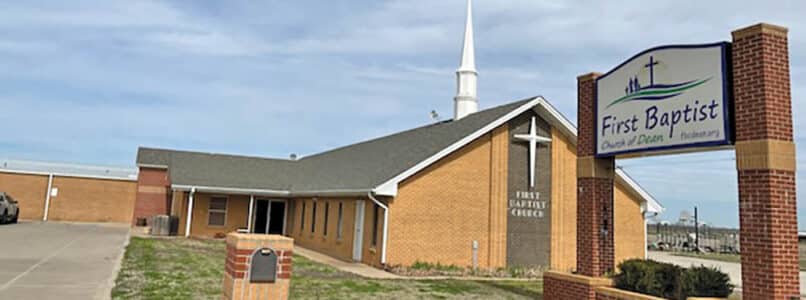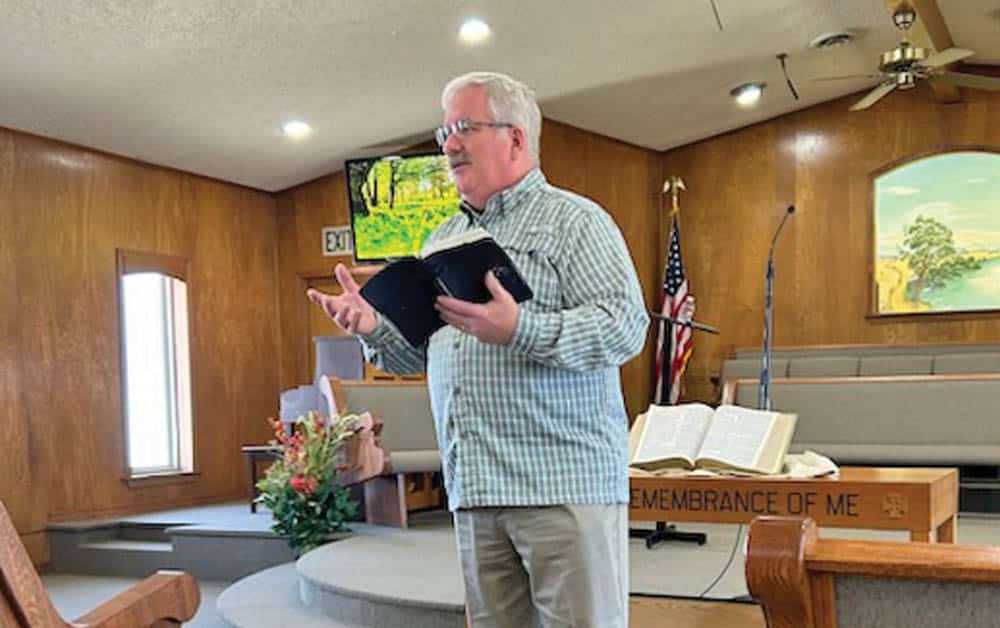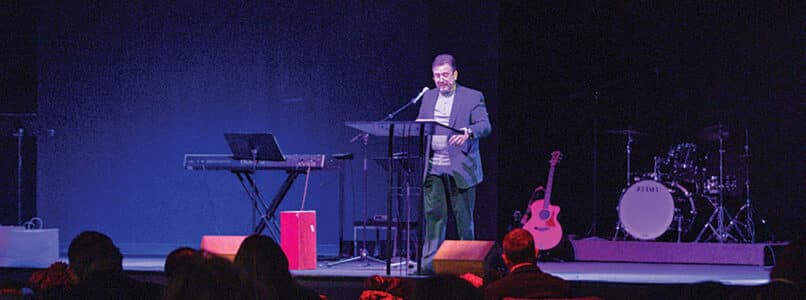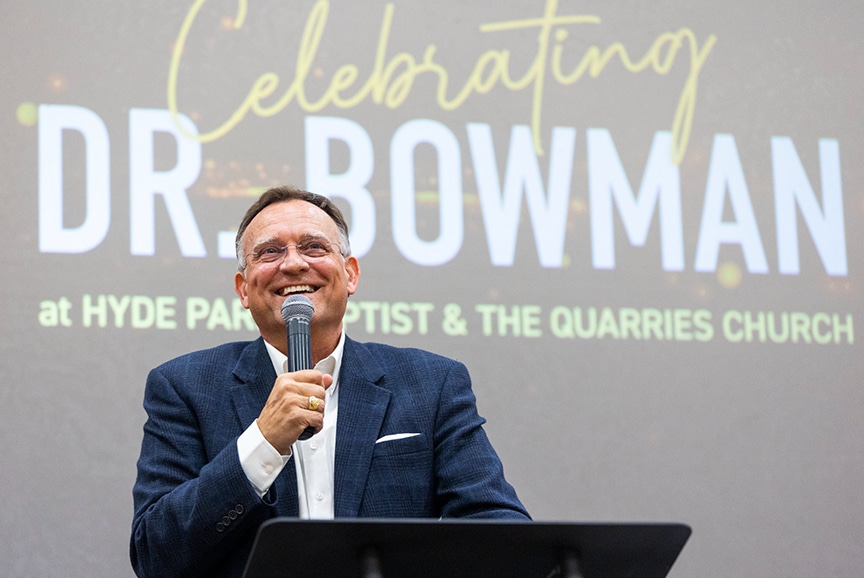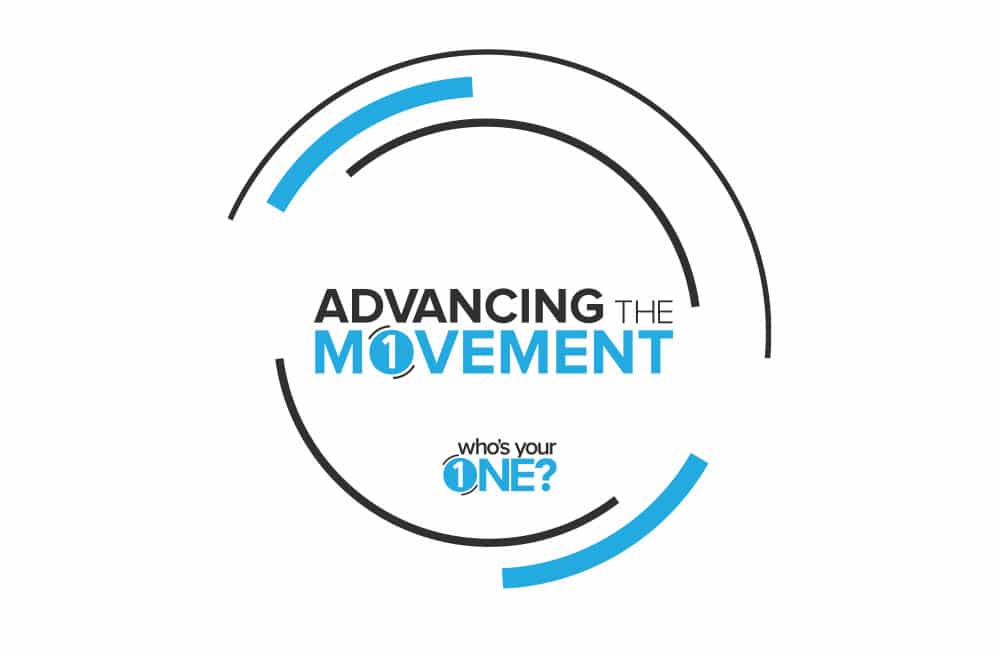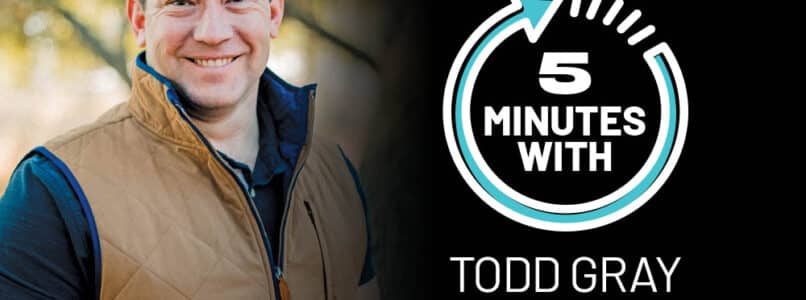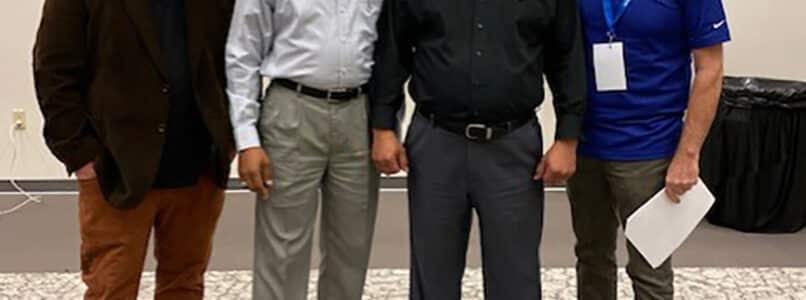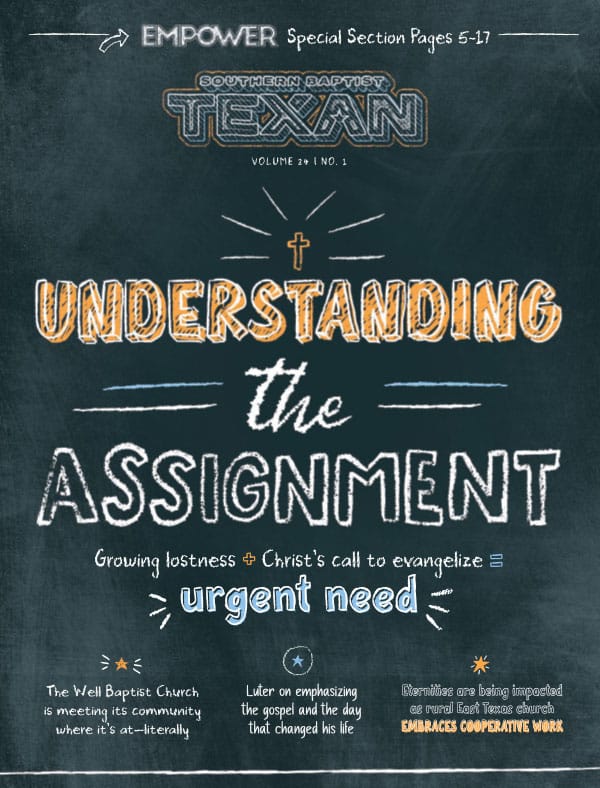Speaking to a group of young pastors at a dinner held during the recent Southern Baptists of Texas Convention Empower Conference, Colorado pastor and author J.T. English told a brief story about serving in a church that aimed to teach adults on an eighth grade reading level.
The strategy made sense, considering the average American adult reads on an eighth grade level. However …
“An eighth grade reading level is actually good,” English said, “but if all you’re teaching at is an eighth grade level, you’re going to have an eighth grade [biblical] literacy level in your church 20, 30, 40 years from now. So it’s really important that [churches] develop a sequence of education to help people move from those more elementary environments to a more graduated, challenging environment.”
Put another way, English is challenging churches—filled with members who often feel nauseatingly busy and constantly crunched for time—to raise, rather than lower, the bar when it comes to teaching theology.
The need to raise the bar is greater than ever. English cited findings from last year’s The State of Theology study conducted by Lifeway Research. While studies like these frequently provide many discouraging revelations, they don’t seem to be providing the wake-up call needed to turn the tide.
"A sampling of the study reveals the worldviews of American evangelicals are becoming harder to discern from non-evangelical American adults."
jayson larson referencing
the State of Theology study by Lifeway Research Tweet
A sampling of the study reveals the worldviews of American evangelicals are becoming harder to discern from non-evangelical American adults. When asked if God changes and adapts to different circumstances, 51% of non-evangelicals and 48% of evangelicals agreed. When presented with the statement, “Everyone is born innocent in the eyes of God,” 71% of non-evangelicals and 65% of evangelicals agreed.
And then there was this disturbing nugget: 56% of evangelicals agreed with the statement, “God accepts the worship of all religions, including Christianity, Judaism, and Islam.”
While he offered a number of strategies for raising the bar, here are a couple of concepts English mentioned that may be worth considering in your context:
Consider concentric circles of discipleship
English noted the gospels show Jesus pouring His life into thousands of people, but also to a group of 72, a group of 12, a group of three, and even ministering in one-on-one situations. It’s a model that can be replicated in the modern church, he said. “I think it’s important for us to think about the concentric circles of people we are giving our best investment to,” he said. “[For example], who are the … people you’re really trying to pour yourself into?”
Active models of learning
Passive models of learning are commonly formed when a single speaker lectures to a group of people whose job is to listen. Active learning models require the listener to interact with the information being provided. English said studies have shown those who engage in passive models of learning typically retain only 5% of the information with which they’re presented. That number jumps to 20% if the learner takes notes, but skyrockets to 80% when the learner speaks about the information with someone else. He wasn’t advocating eliminating passive models of learning, but rather, challenging churches to incorporate multiple models of learning in their contexts.
Wouldn’t it be nice to see a comeback, of sorts, in a “state of” survey like this one and see numbers that measure godliness and doctrinal purity on the rise? To get there, we’re going to have to look for worthwhile places to invest our time and resources and continually invite followers of Christ to stretch themselves to take whatever next step God has set before them.


